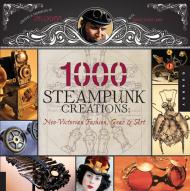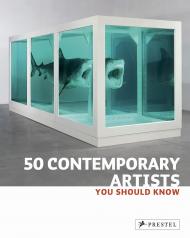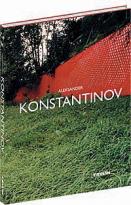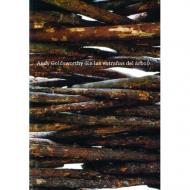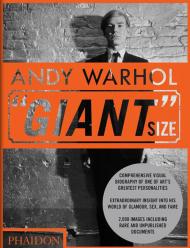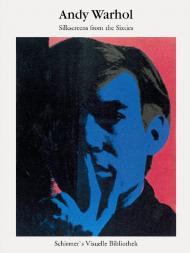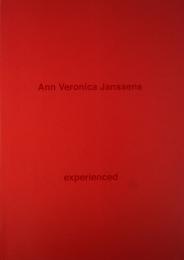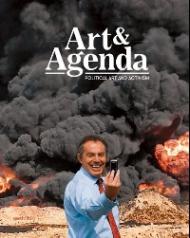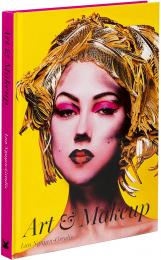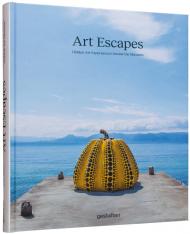Richard B. Woodward, Reuel Golden
Instant Andy. Before there was Instagram, there was Warhol
“A picture means I know where I was every minute. That’s why I take pictures. It’s a visual diary.” - Andy Warhol
Andy Warhol was a relentless chronicler of life and its encounters. Carrying a Polaroid camera from the late 1950s until his death in 1987, he amassed a huge collection of instant pictures of friends, lovers, patrons, the famous, the obscure, the scenic, the fashionable, and himself. Created in collaboration with The Andy Warhol Foundation, this book features hundreds of these instant photos, many of them never seen before.
Portraits of celebrities such as Mick Jagger, Alfred Hitchcock, Jack Nicholson, Yves Saint Laurent, Pelé, Debbie Harry are included alongside images of Warhol’s entourage and high life, landscapes, and still lifes from Cabbage Patch dolls to the iconic soup cans. Often raw and impromptu, the Polaroids document Warhol’s era like Instagram captures our own, offering a unique record of the life, world, and vision behind the Pop Art maestro and modernist giant.
The author
Richard B. Woodward is a New York-based art critic who contributes regularly to the Wall Street Journal and New York Times. His journalism has appeared in numerous publications, from The Atlantic, Bookforum, Film Comment, The American Scholar, and The New Yorker to Vanity Fair, Interview, and Vogue. His essays on art and photography have been featured in more than 20 monographs and museum catalogues.
The editor
Reuel Golden graduated in politics from the University of Sussex, UK, and is the former editor of the British Journal of Photography. He has edited various titles for TASCHEN including The Rolling Stones, Her Majesty, Harry Benson: The Beatles, Age of Innocence: Football in the 1970s, and the New York and London editions of the Portrait of a City series.
_________________
О книге Andy Warhol. Polaroids
AndyWarhol. Polaroids – расскажет вам историю «Мгновенного» Andy, как его называли. До того, как появился современный Инстаграмм, «фото в моменте» делал Уорхол.
«Я хочу запомнить, где я был каждую минуту своей жизни. Вот зачем я снимаю. Это дневник воспоминаний», - так говорил известный фотограф.
Энди Уорхол
Энди Уорхолбыл не устающим летописцем своей жизни. Всегда носил с собой камеру Polaroids с конца 1950-х годов, и аж до смерти в 1987 году. Он собрал большую коллекцию быстрых фото друзей, влюбленных, меценатов, знаменитостей, неизвестных, художников, модельеров и конечно, себя.
Книга AndyWarhol. Polaroidsсоздана в тесном общении с фондом Энди Уорхола и имеет на свих страницах сотни фотографий, многие из которых никогда ранее не публиковались.Портреты таких известных личностей, как Мик Джаггер, Альфред Хичкок, Джек Николсон, Ив Сен
Лоран, Пеле, Дебби Гарри. Вместе со снимкамиближайшего окружения Уорхола и его публичной жизни. А также, пейзажи и натюрморты, от кукол из капусты, до легендарных суповых банок.
Фотографии Polaroids, часто сырые и импровизируемые вошли в историю, как эпоха Уорхола. Как сегодняшний Instagram захватывает нашу жизнь, эти фото – способ заглянуть в жизнь и мир великого маэстро поп-арта и гиганта модернизма.
Автор
Ричард Б. Вудворд - искусствовед из Нью-Йорка, регулярно вносящий вклад в Уолл-стрит
Журнал и Нью-Йорк Таймс. Его журналистские работы появлялись в многочисленных публикациях из Atlantic, Bookforum. Как комментарии к фильмам «Американский ученый» и «Ярмарка тщеславия» от NewYorker, в интервью в журнале Vogue. Его эссе об искусстве и фотографии были представлены в более чем 20 монографиях и музейных каталогах.
Редактор
Руил Голден окончил политический факультет Университета Сассекса в Великобритании и является бывшим редактором Британского Журнала Фотографии. Он редактировал различные издания для TASCHEN, включая The Rolling Стоунс, Ее Величество, Гарри Бенсон: Битлз, Эпоха невинности: футбол в 1970-х годах, Нью-йоркские и лондонские издания серии «Портрет города».
